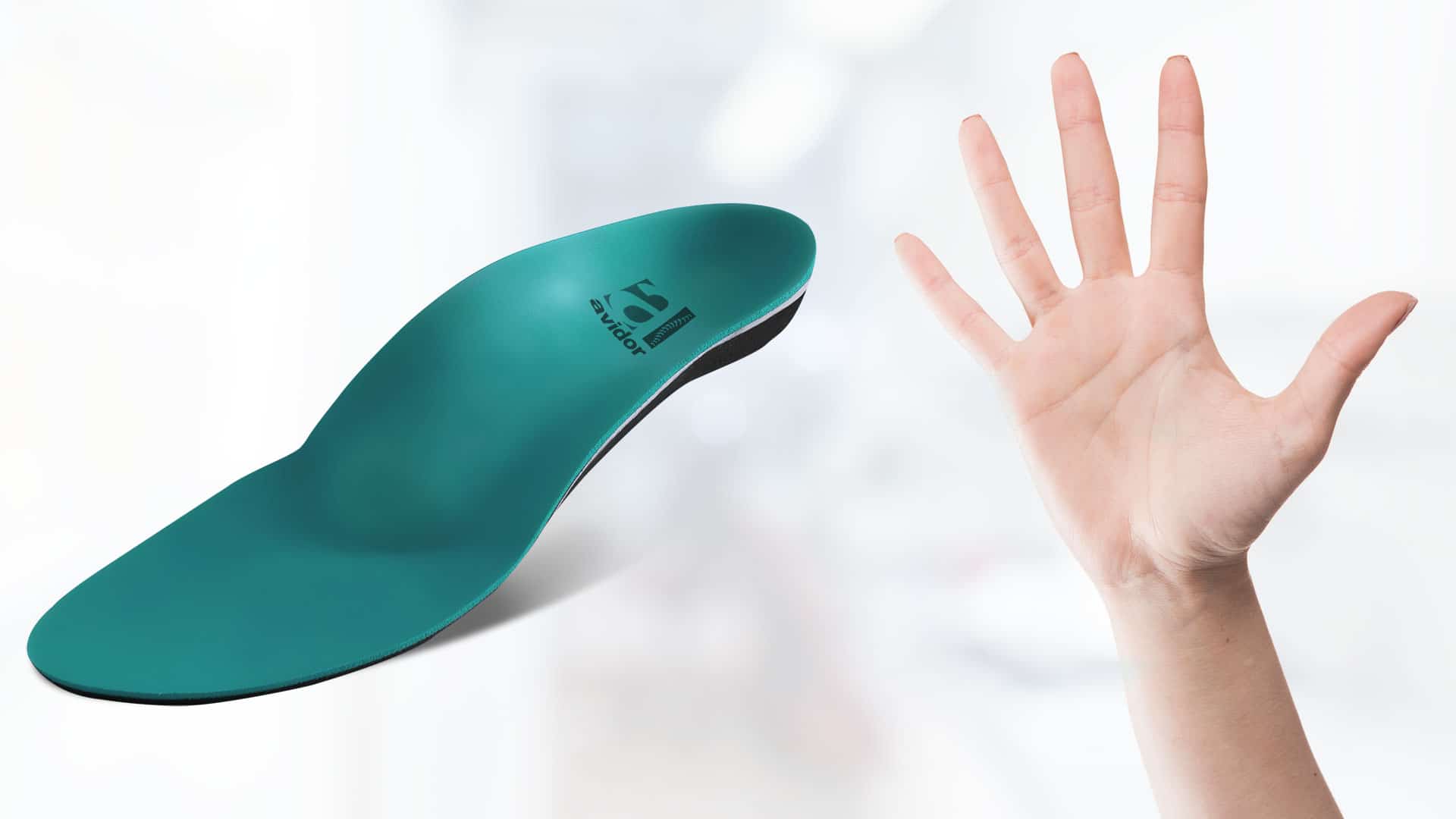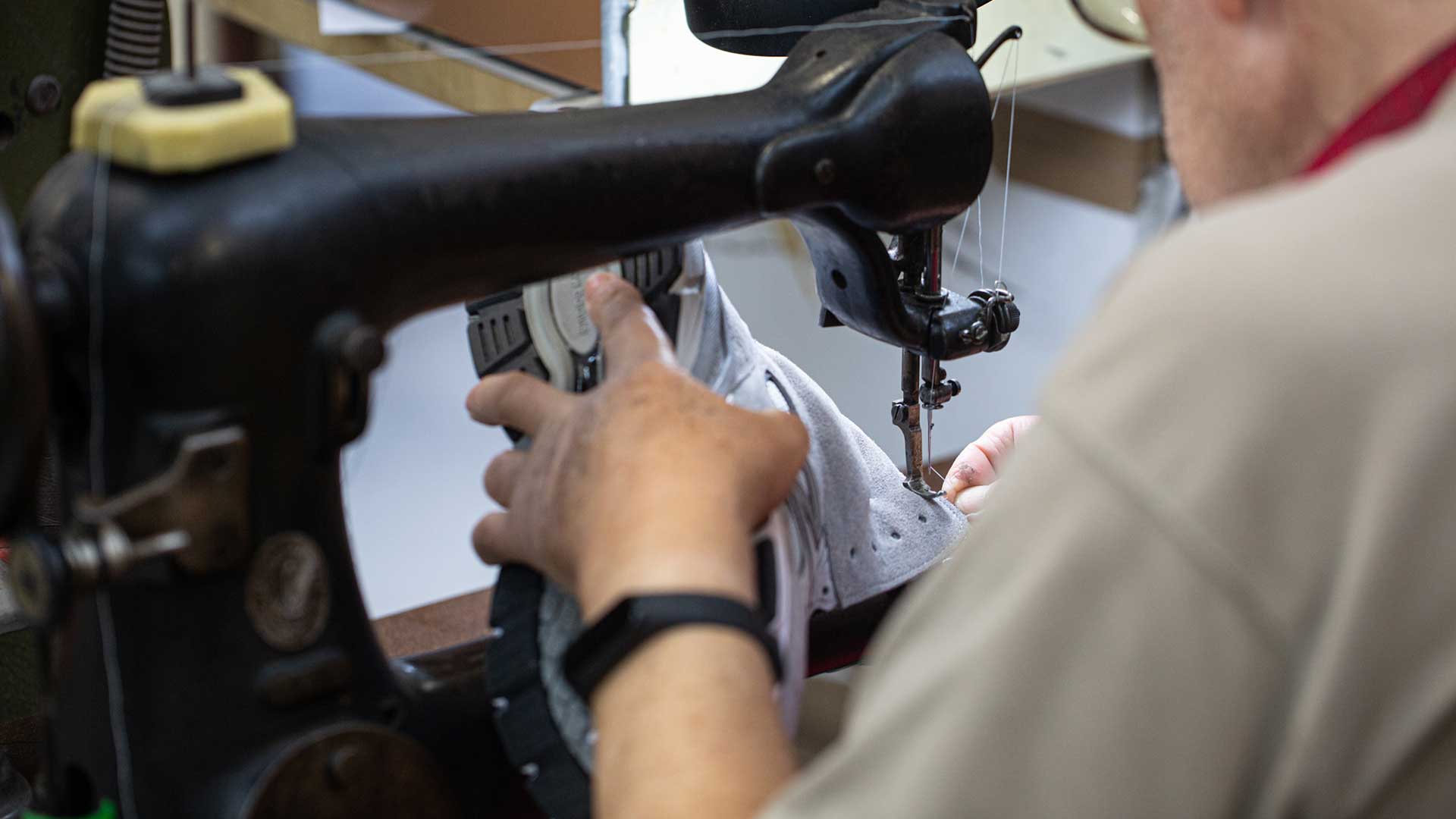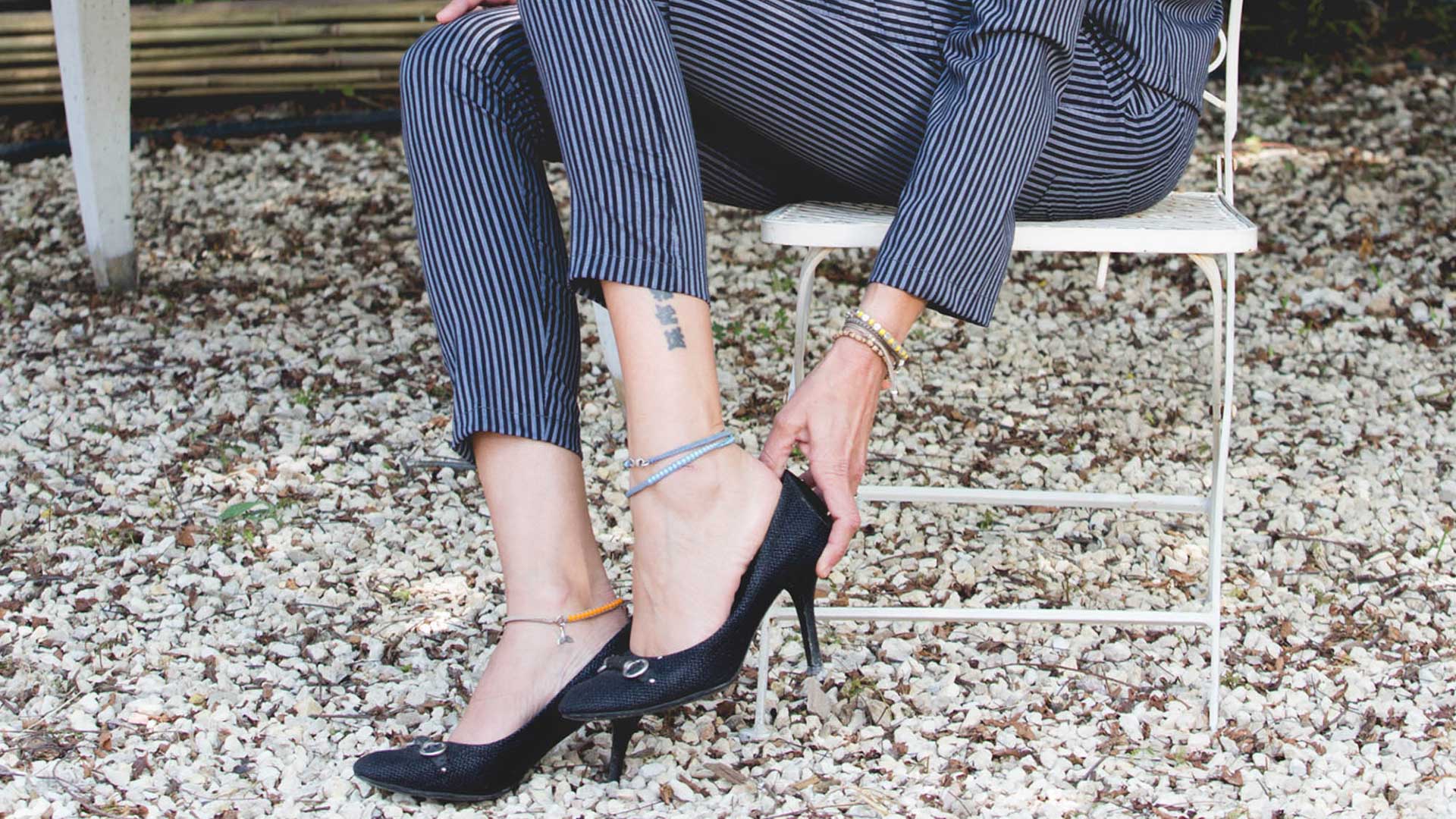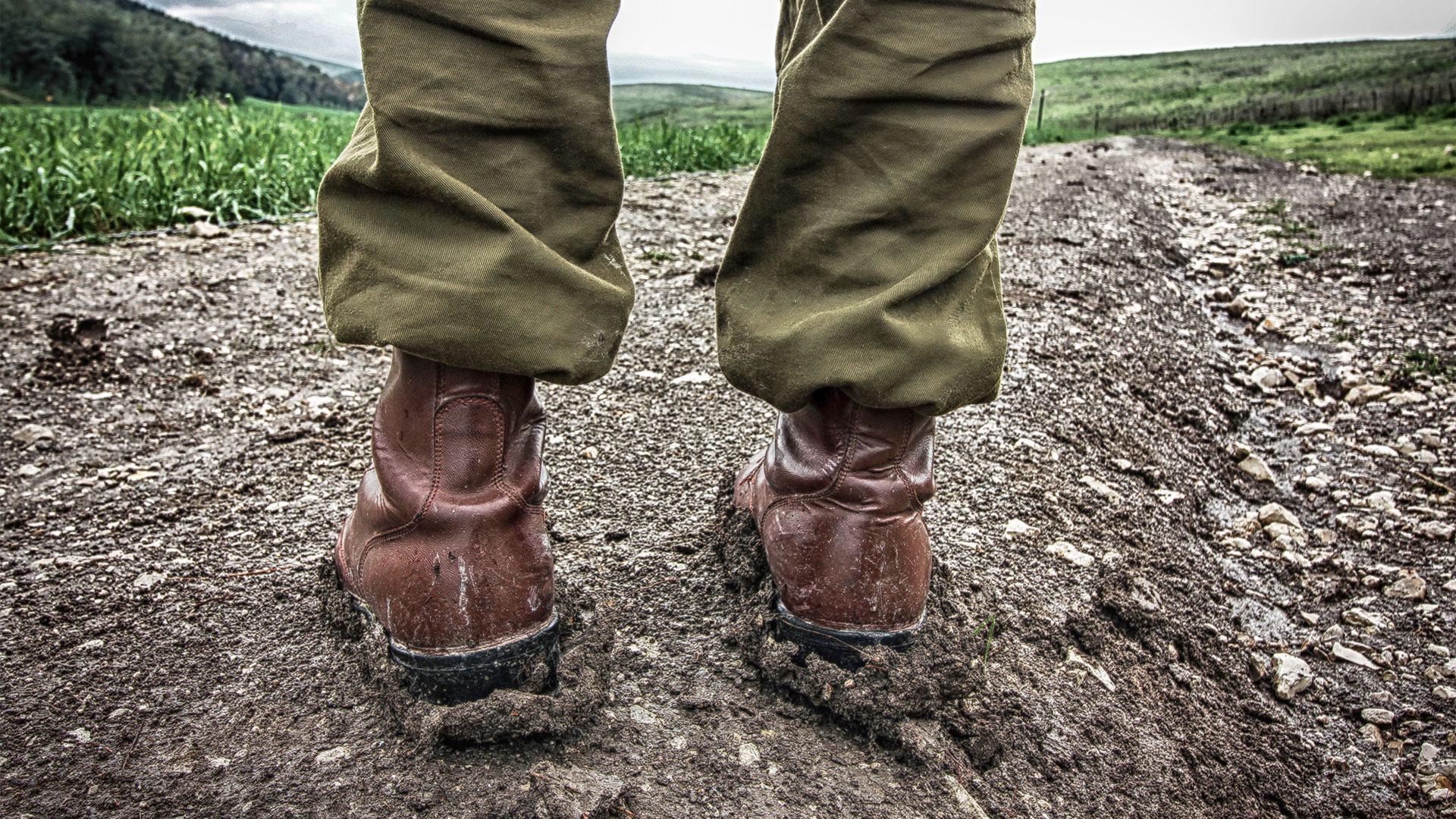ourtesy of Ran Avidor, CEO, Avidor Foot & Back Health Centers
Many people believe that only people with orthopedic problems should use orthotics, but this is not the case. Today, orthotics are popular among all age groups and all populations.
Following are five facts you should know about orthotics:
1. Orthotics serves for adjusting the shoe to the unique foot structure. It stabilizes the foot and positions it correctly. Just as there are no two people with identical fingerprints, there are no two people with the same foot structure. Therefore, it is very important to completely match between the foot and the shoe. Since shoes sold at various stores are not produced according to customer’s order, it is important and recommended to almost everyone to purchase suitable orthotics, in order to make the shoes more comfortable. Purchasing orthotic that are not individually adjusted is not recommended. If the orthotic is not properly adjusted, it may not serve the purpose of reducing pain and improving the posture.
2. Another important purpose of the orthotic is to distribute the pressure on the foot properly and reduce the overall pressure during walking or any other activity.
3. Orthotics can differ in thickness, softness and material they are made of. They can serve for various purposes and uses: orthotics for those suffering from allergy to synthetic material, thin orthotics (0.1 mm) for high-heeled footwear (heels of up to 10 cm) and thicker orthotics (2.3 mm) for massive daily use. Orthotics can be adjusted to almost any shoe and any sports activities, such as dancing, jogging, cycling, cycling, football and even ski. For more information and additional types of orthotics, click here.
4. When designing orthotic orthotics for patients suffering from diabetes, who are more prone to foot ulcers than any other group, soft and pleasant to the touch coating material is preferred. At Avidor, we use Plastazote coating for orthotics made for diabetes patients. Plastazote is a diagnostic material that applies shearing forces. This is the only FDA-approved material that can be used in diabetic foot cases, since it does not cause damage to the peripheral veins.
5. Foot dysfunctions can make an impact on other body parts. Forces and pressures on the foot affect the knees, hips and pelvis, and may cause damage to the spine. In a way, the human body can be compared to a building: when the supporting pillars are unstable – the whole building is in danger of collapsing. Therefore, anyone who has experienced an injury in one of the aforementioned areas or noticed an excessive asymmetric shoe erosion probably needs specially adjusted orthopedic orthotics.










